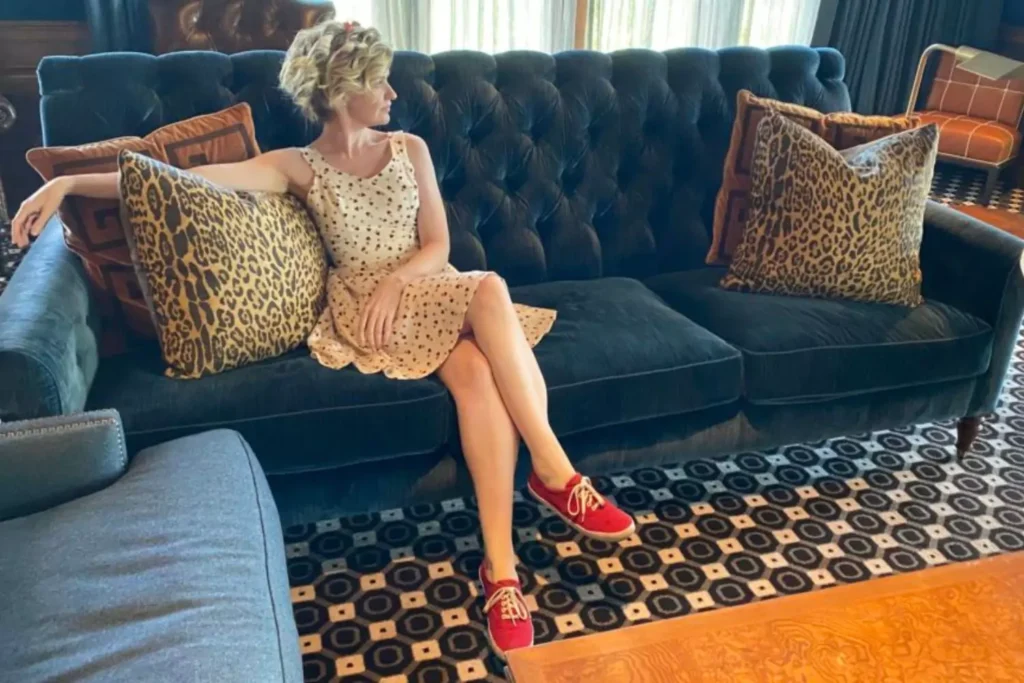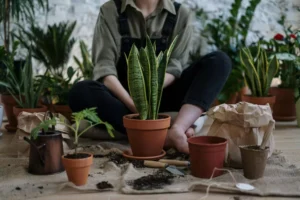The other day I saw two young women standing in line at the store. Their look was a throwback to the ‘60s. The young women’s well-coiffed hair lay smooth beneath headbands. Their pencil skirts and flats gave them a classic, sophisticated look.
The next day I read about a new trend among millennials and Gen Z called the “old money” aesthetic. According to an article in the Insider, the aesthetic, seen in clothing, home décor and even leisure activities, spread via TikTok during the pandemic. Polo, croquet, riding boots, floral wallpaper and vintage clothing are just a few of the inspirations behind the movement. The article describes a possible motivation for the “old money” aesthetic:
In some ways, it’s a rejection of the casual, new money looks of the 2010s, on display both by Instagram influencers and the hoodie-wearing millennial billionaire class. In other ways, it’s a practical consequence of how a supply shortage and a lockdown changed the economy in ways that will be permanent. And in still another sense, it’s an expression of escape: away from the traumatic events of the young 2020s and toward a nostalgia for another time.
The trend is seen in the home décor trend called “grandmillennial” that some millennials began cultivating even before 2020. This decorating style embraces porcelain figurines, thrifted dishes, brocade curtains and floral wallpaper. Within this trend, collectibles and antiques are making a comeback.
In addition, members of the millennial generation and Gen Z also pursued vintage pastimes such as golf and boating. (Yes, you read that right: boating.) During the pandemic, these throwback activities replaced amusement parks, sporting events, concerts and crowded restaurants. but they continued in popularity even as those other venues reopened. I saw some of my friends join country clubs last year where they took up tennis and pickleball. (I would love to see this genteel trend extend into dating practices!)
Longing for the good ol’ days
The “old money” aesthetic in all its applications seems to stem from a desire for simpler times. “At its roots [the old money aesthetic] is a desire for nostalgia,” the article says. “Research has shown that, in moments of instability, we are more likely to feel nostalgia.”
In other words, nostalgia is comforting in a confusing and increasingly divided world. And returning to simple pleasures in a screen-driven culture can lead to a good place. I recently did a health reset, and many of the nutritionists’ techniques for de-stressing harkened back to simpler times: daily walks, evening baths, scheduled time outdoors, early bedtime, designated time for leisure activities such as art, sports, reading, etc. And reduced screen time was at the top of the list. Just two weeks of this simpler lifestyle reduced my stress and improved my mental, physical and spiritual health.
The other positive I see in the trend, and in “grandmillennialism” in particular, is the opportunity to regain a greater sense of connection to the past and those who have gone before us. A former roommate of mine cherished her avocado green nut grinder because it reminded her of her grandmother. My sister has a natural appreciation for “old things” and loves refurbishing century-old homes while retaining the character and beauty of the original work. Another sister (pictured in this article’s featured image, above) dresses vintage and loves to swing dance. Another friend spends hours hand-knitting sweaters. These examples are related because each delivers a sense of satisfaction and rootedness amid a fast-paced, often disconnected world.
Something borrowed, nothing new
Fashion is cyclical and speaks to these famous words in Ecclesiastes: “What has been is what will be, and what has been done is what will be done, and there is nothing new under the sun.” The old money aesthetic may not be new, but it is certainly a sign of the times.
From the Insider article:
“At its core, though, the rise of the old money aesthetic signifies a search for a different time period than the one we were just in, an escape from the trauma of an unprecedented time.”
As we process the unique trauma of the past year and a half, may it point us to the enduring, foundational truth found in God’s Word and be a reminder of the simple pleasures and good gifts our loving Father has bestowed upon us. May it strip away the material things that don’t really matter and set us in rhythms that fill our lives with meaning. Most of all, may it cause us to take note of the little God-given graces that accompany us throughout all times and ages.
Copyright 2021 Suzanne Hadley Gosselin. All rights reserved











